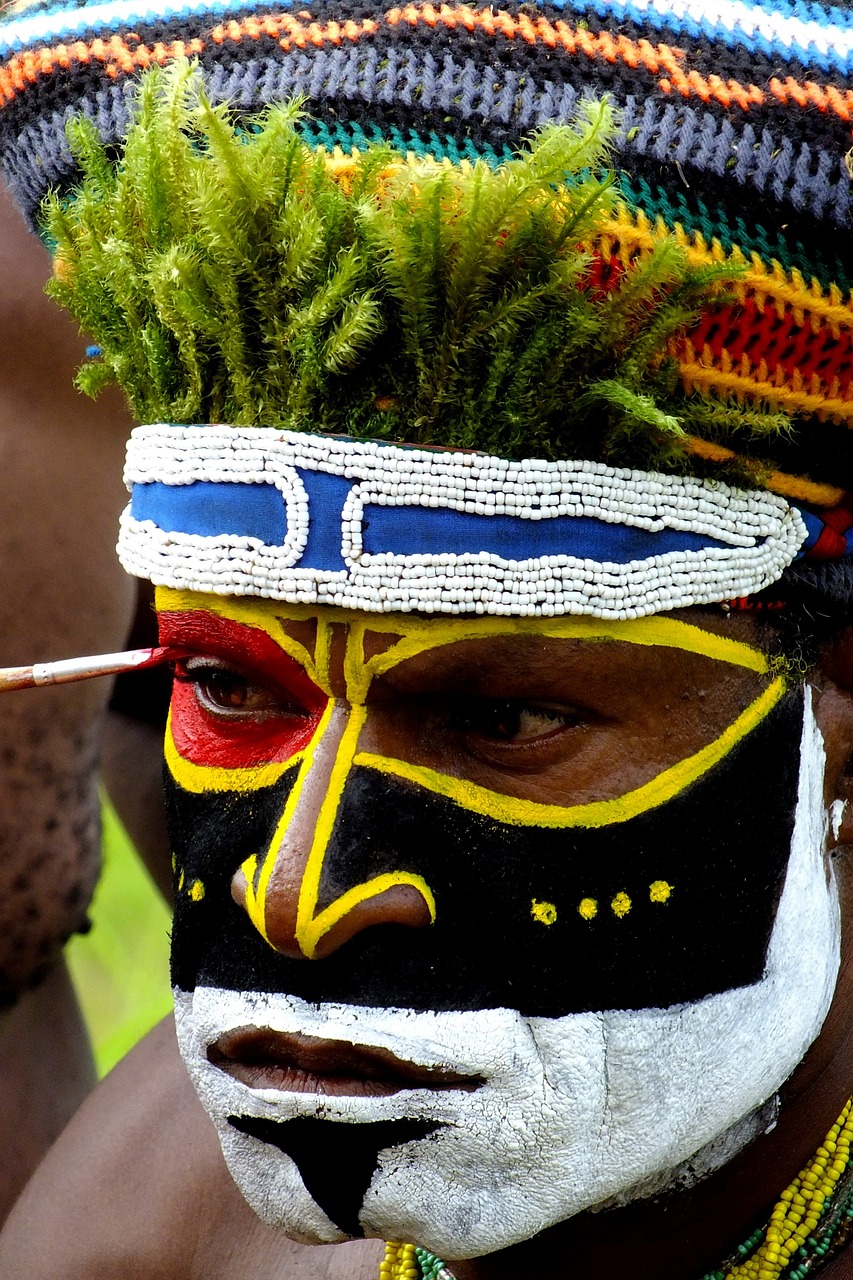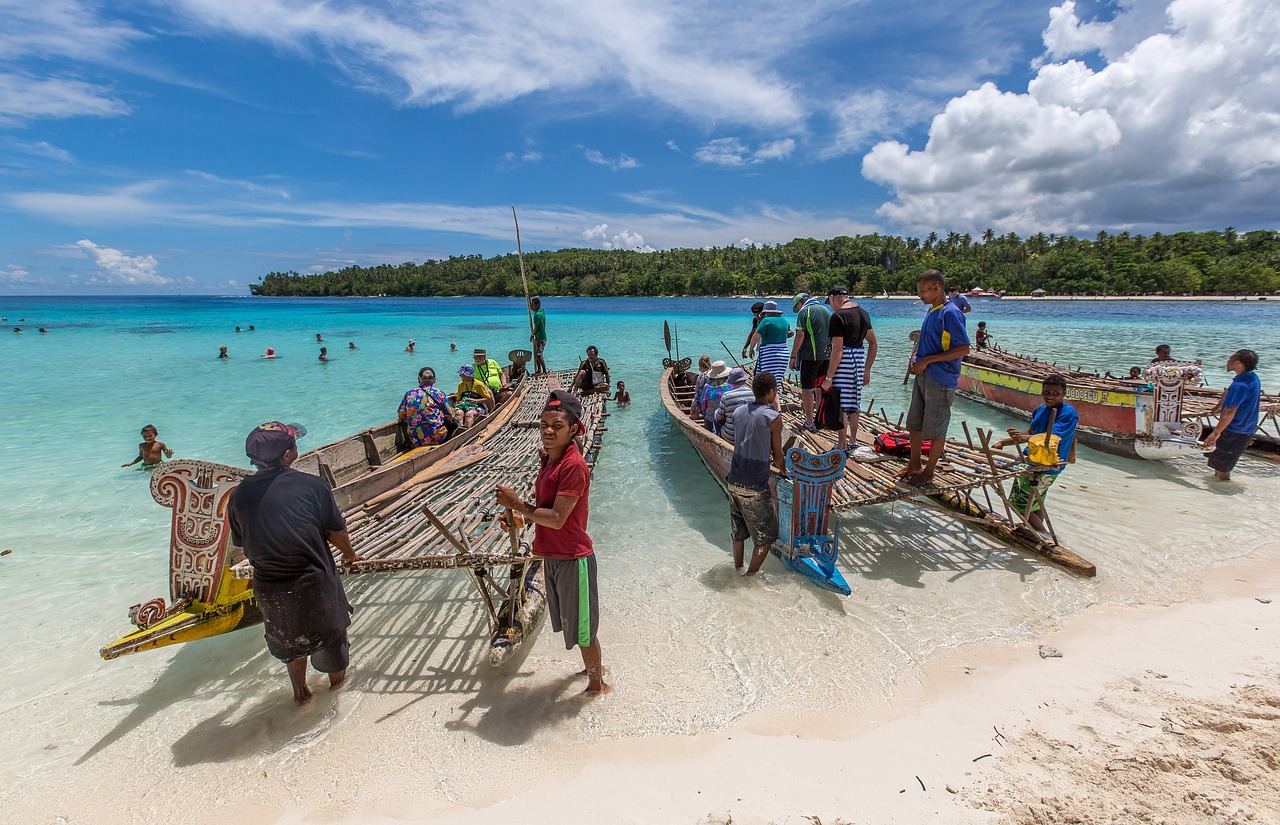Papua New Guinea Video
Getting Around: Transportation Tips for Papua New Guinea
Papua New Guinea, located in the southwestern Pacific Ocean, is a fascinating country with diverse landscapes and rich cultural heritage. Navigating the transportation system in Papua New Guinea can be challenging, but with the right information, you can have a smooth and enjoyable travel experience. This article provides detailed transportation tips to help you get around in Papua New Guinea.
Public Transportation
Public transportation in Papua New Guinea mainly consists of buses and taxis. Buses are the most common mode of public transportation, and they operate in major cities and towns. However, the bus schedules can be irregular, and the buses can get crowded. It is advisable to check the schedules in advance and be prepared for potential delays.
- Bus tickets: Bus tickets can be purchased directly from the bus conductor. It’s recommended to carry small denominations of Papua New Guinean Kina (PGK) for ticket purchases.
- Bus routes: Buses in Papua New Guinea usually have fixed routes, and their destinations are displayed on the front of the bus. It’s essential to know the route and destination before boarding.
- Taxi services: Taxis are available in major cities and towns. It’s advisable to negotiate the fare before starting the journey, as most taxis do not operate on meters.
- Rideshare services: Rideshare services like Uber are not widely available in Papua New Guinea. However, some local alternatives like Ola PNG and MiCab operate in certain areas.
Inter-Island Travel
Papua New Guinea consists of numerous islands, and inter-island travel is an essential part of exploring the country. Here are some transportation options for inter-island travel:
- Domestic flights: Domestic flights are the most convenient way to travel between major islands in Papua New Guinea. Airlines like Air Niugini and PNG Air operate regular flights to popular destinations.
- Ferries and boats: Ferries and boats are available for inter-island travel, especially to more remote locations. It’s important to check the schedules in advance, as they can be infrequent.
- Charter boats: In some cases, chartering a boat may be necessary to reach certain islands or remote areas. It’s recommended to make arrangements in advance through reputable tour operators.
Driving in Papua New Guinea
Driving in Papua New Guinea can be challenging due to the condition of roads and traffic conditions. Here are some tips for driving in Papua New Guinea:
- Driving license: International visitors can drive in Papua New Guinea using a valid international driving permit or a valid driving license from their home country.
- Road conditions: The road conditions in Papua New Guinea vary greatly, ranging from well-maintained highways to rough and unpaved roads. It’s advisable to have a reliable vehicle and be prepared for challenging driving conditions.
- Traffic rules: It’s important to familiarize yourself with the local traffic rules and regulations. In Papua New Guinea, vehicles drive on the left side of the road.
- Security: Exercise caution while driving, especially in urban areas. Keep the car doors locked and windows rolled up to prevent theft or unwanted incidents.
Cycling and Walking
For shorter distances and exploring local areas, cycling and walking can be viable options in Papua New Guinea. However, it’s essential to consider the following:
- Cycling: Cycling can be a great way to explore smaller towns and rural areas. It’s important to wear appropriate safety gear, follow local traffic rules, and be cautious of road conditions.
- Walking: Walking is a common mode of transportation in Papua New Guinea, especially in urban areas. It’s advisable to be aware of your surroundings, especially during nighttime, and take necessary precautions for personal safety.
Image:

Taxis and Car Rentals
Taxis and car rentals are available options for getting around in Papua New Guinea, especially in urban areas. Here are some important points to consider:
- Taxis: Taxis are readily available in major cities and towns. It’s recommended to negotiate the fare before starting the journey, as most taxis do not operate on meters.
- Car rentals: Car rental services are available in Papua New Guinea, but they may be limited in certain areas. It’s important to have a valid driving license and be familiar with local driving conditions.
Image:

Transportation Apps
In recent years, transportation apps have gained popularity in many countries. While the availability of such apps may be limited in Papua New Guinea, here are a few options to consider:
- Maps.me: Maps.me is a popular offline mapping app that can be useful for navigation in Papua New Guinea, even without internet connectivity.
- Transit Apps: Local transit apps like CityLink can provide information about bus routes and schedules in major cities.
Fuel Stations and Roadside Assistance
When traveling by road in Papua New Guinea, it’s essential to be aware of fuel station locations and have access to roadside assistance if needed. Here are some tips:
- Fuel stations: Fuel stations are available along major highways and in urban areas. It’s advisable to keep the tank filled before embarking on long journeys, as fuel stations may be limited in remote areas.
- Roadside assistance: It’s recommended to have contact information for local roadside assistance services or your rental car company in case of emergencies or breakdowns.
Image:

Safety Considerations
While exploring Papua New Guinea, it’s important to prioritize personal safety. Here are some safety considerations:
- Travel advisories: Stay informed about the latest travel advisories and safety recommendations for Papua New Guinea. Check with your embassy or consulate before traveling.
- Local advice: Seek advice from locals or reputable tour operators regarding safe areas to visit and any potential risks or security concerns.
- Personal belongings: Keep your personal belongings secure and be cautious of pickpocketing or theft, especially in crowded areas.
- Health precautions: Consult with a healthcare professional before traveling to Papua New Guinea and ensure you have the necessary vaccinations and medications.
Conclusion
Getting around in Papua New Guinea requires careful planning and consideration of various transportation options. Whether you choose public transportation, inter-island travel, driving, cycling, or walking, it’s important to be prepared and aware of the local conditions. By following the transportation tips outlined in this article, you can navigate Papua New Guinea with ease and make the most of your travel experience.
References
– Air Niugini: www.airniugini.com.pg
– PNG Air: www.pngair.com.pg
– Ola PNG: www.olacabs.com/png
– MiCab: www.micab.co.pg
– Maps.me: www.maps.me
– CityLink: www.citylink.com.pg

